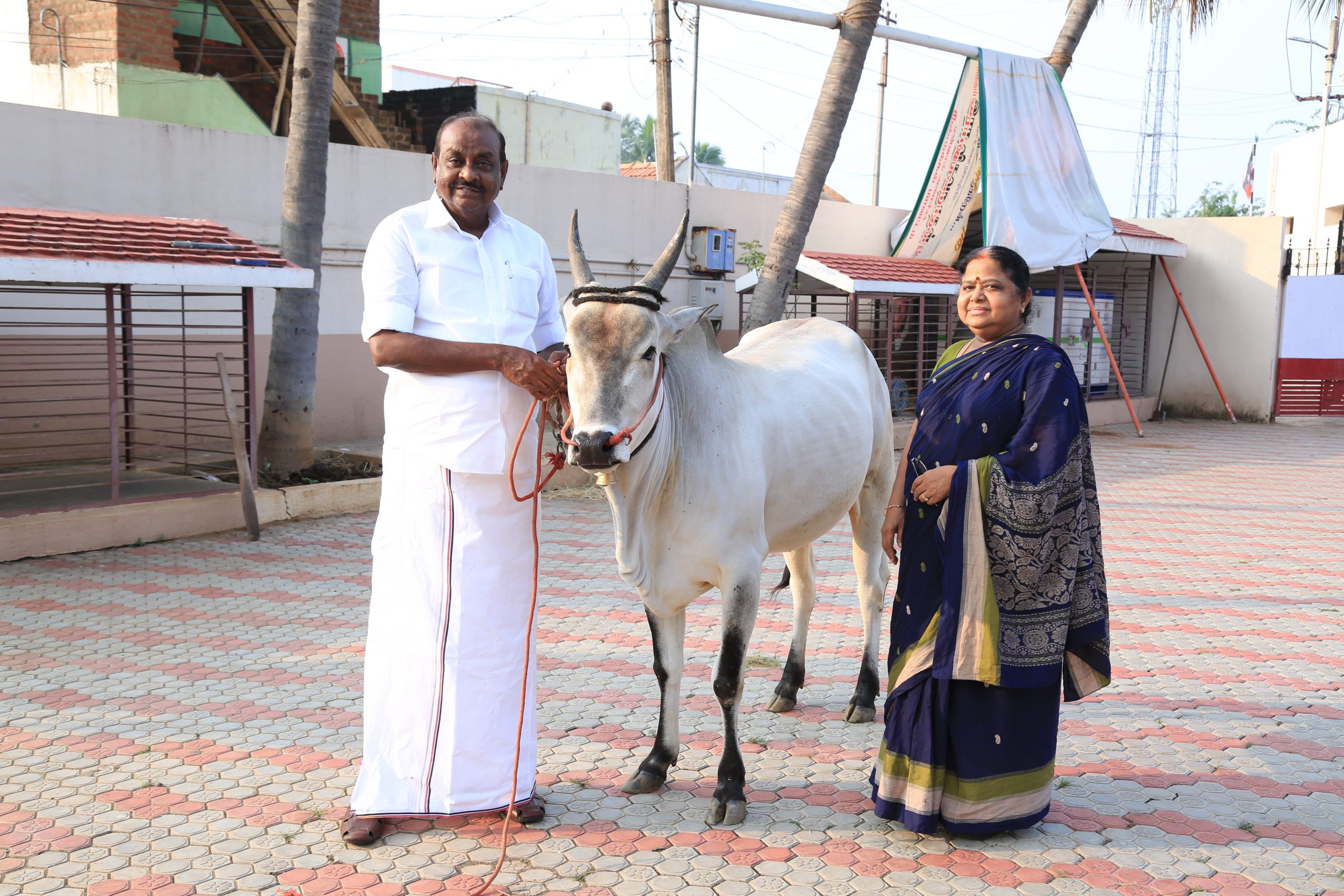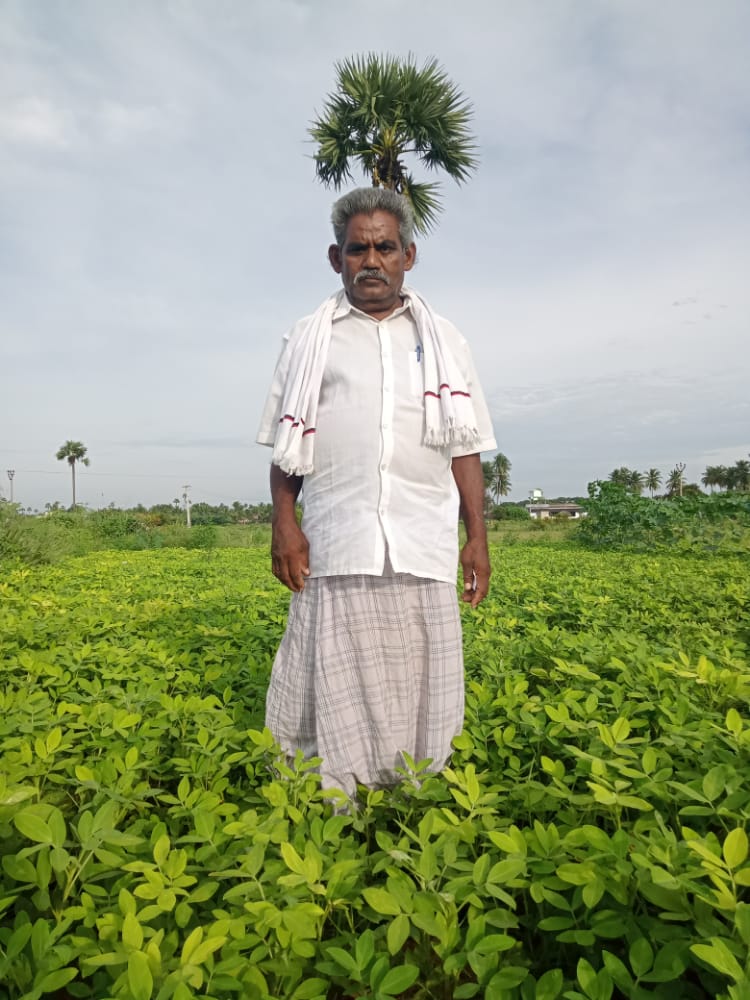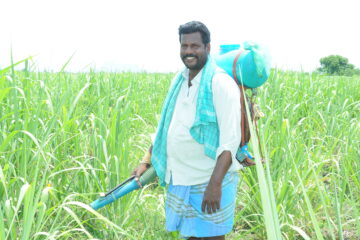Published in: December 2018
Henna, a shrub often found growing wild on hillsides, near streams, and in uncultivated forest areas, was traditionally used only as a decorative dye for nails. However, with rising demand due to its cosmetic and medicinal benefits, henna has gained popularity as a profitable crop for farmers.
In Madurai district’s Peraiyur block, Mr. N. Rajagopal, a former Tamil teacher and a pioneer in natural farming from T. Kalluppatti, cultivates henna as a natural fence, as a rainfed crop, and as an intercrop.
Rajagopal explains, “There are two types of henna: thorny henna and thornless henna. The thorny variety works well as a natural fence, while the thornless variety can be cultivated as a main or intercrop.
To create a fence, plant henna in two rows, spacing each plant about one foot apart within rows, with one foot between rows. This is the method I use.
In our rainfed lands, where I already cultivate neem, Indian beech, and other native trees, I grow henna between these trees, spaced about four to five feet apart. For standalone cultivation, planting henna with three feet between rows and one foot between plants works well.
Henna saplings can be produced either by seed or by cuttings. Seeds take longer to sprout, so it’s better to mix them with sand, sprinkle water on them for a week, and then sow. Cover them lightly with soil and organic fertilizer; saplings will develop.
Alternatively, saplings can be produced by cutting henna branches the thickness of a pencil into six-inch segments, inserting them halfway into soil-filled polybags, and watering them regularly. In three months, the henna saplings will be ready for transplanting.
Henna thrives naturally in dry scrublands and requires very little water. Once tilled and prepared during the rainy season, the land retains enough moisture for about three months, allowing henna to establish well. Occasional rainfall thereafter will sustain it, and the crop becomes stronger each year. Since livestock avoid henna, it requires no protection, and pests or diseases rarely attack it, resulting in almost no maintenance cost.
Today, due to lack of rain, water scarcity, high labor costs, and labor shortages, many farmlands are left abandoned or overrun by invasive species like Prosopis juliflora. Henna is an excellent alternative for such areas, both as an intercrop and as a main crop. This way, these lands can remain productive.
Harvesting of henna leaves can begin after three months and continue every three months. Leaves are where the profit lies. After pruning the branches, let the leaves dry in the field for two days to make them brittle and easy to collect. A kilo of dried henna leaves sells for around ₹45, and buyers are readily available. From border plantings alone, a farmer can harvest about 200 kg of leaves per acre every three months. When grown as a main crop, it offers even higher profits at minimal cost.
In addition, Aadathodai (Malabar nut), a medicinal herb used to treat coughs and respiratory issues, also grows well as a rainfed or intercrop and commands a high market value of around ₹35 per kilo of dried leaves. It’s resistant to livestock and pests, providing regular income.
With growing awareness of herbal medicine, demand and sales for these types of medicinal plants are increasing, offering an excellent opportunity for farmers. By cultivating drought-resistant, beneficial herbs like henna and Aadathodai, we can keep fertile lands productive and profitable instead of allowing them to turn into thorny wastelands,” he concludes.
Pasumai











